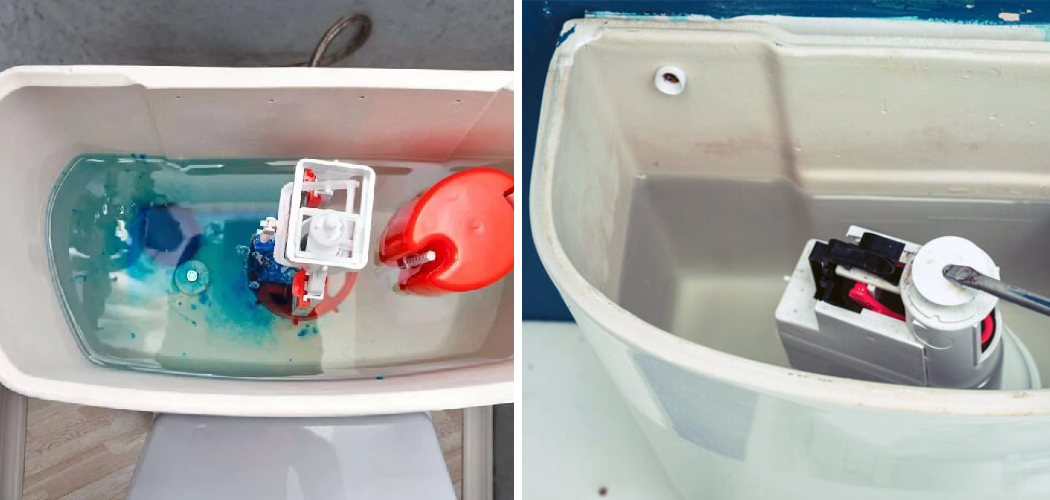If you have ever heard a constant hissing or trickling sound coming from your bathroom, you may have a running toilet. This not only wastes water and money, but it can also be annoying to listen to. In this guide, we will discuss how to tell if toilet is running and what steps you can take to fix it.
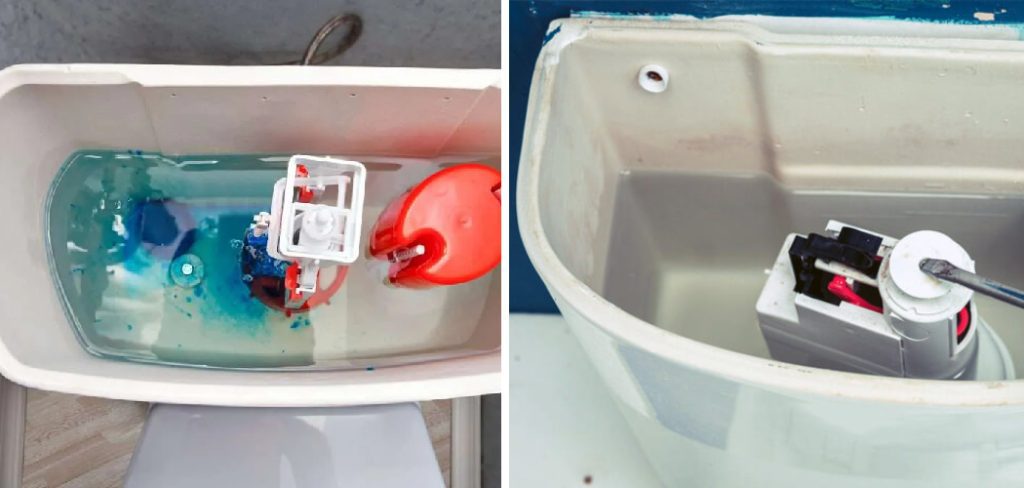
Necessary Items
Before you can determine if your toilet is running, there are a few items that you will need. These include:
- A clean towel or paper towels
- Food coloring or dye tablets (optional)
- Screwdriver
- Adjustable wrench (optional)
Having these items on hand will make it easier to diagnose and fix the issue with your toilet.
12 Steps on How to Tell if Toilet is Running
Step 1: Remove the Tank Lid
The first step is to remove the lid of your toilet tank. This will give you access to all the components inside and allow you to inspect them. And be sure to place the lid on a flat surface nearby so it doesn’t get damaged.
Step 2: Check the Flapper
The flapper is a small rubber piece located at the bottom of the tank. It controls the flow of water from the tank to the bowl when you flush. If it is not sealing properly, water will continuously leak into the bowl, causing the toilet to run.
Step 3: Check the Chain
The chain connects the flapper to the flush handle. If it is too long, it can get caught under the flapper and prevent it from closing properly. Make sure there is enough slack in the chain for the flapper to close completely.
Step 4: Listen for Hissing or Trickling Sounds
If you don’t notice any obvious issues with the flapper or chain, listen closely for any hissing or trickling sounds from the tank. This is a clear indicator that water is still flowing into the tank even when it’s not being flushed.
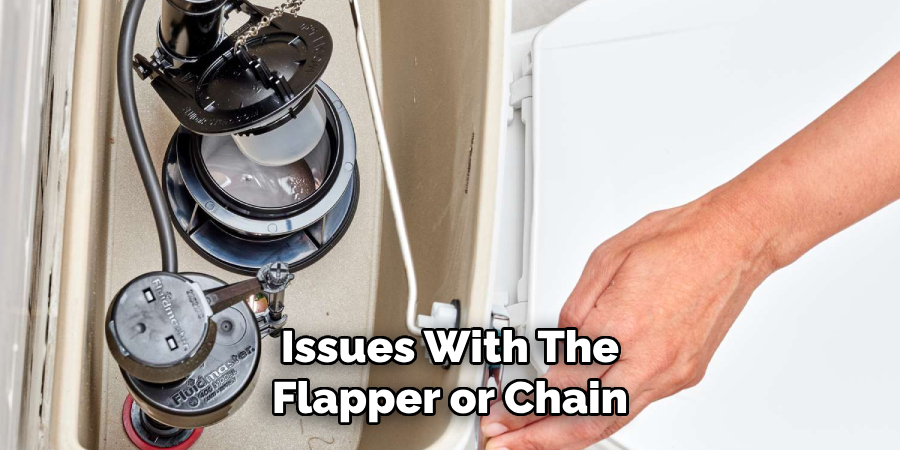
Step 5: Add Food Coloring to Tank (Optional)
If you’re having trouble detecting a leak, you can add a few drops of food coloring or dye tablets to the tank. Wait 10 minutes, and then check the bowl for any discoloration. If there is, it means the flapper is not sealing properly.
Step 6: Check the Fill Valve
The fill valve is located on the left side of the tank and controls how much water enters the tank after a flush. If it is not adjusted properly, it can lead to excess water flowing into the tank and causing it to run.
Step 7: Adjust the Fill Valve
To adjust the fill valve, turn the screw on top of it in a clockwise direction to decrease the amount of water entering the tank. You may need to experiment with different settings until you find the right one.
Step 8: Check for a Broken Float
The float is a small plastic or metal ball that sits on top of the water in the tank. If it is broken, it will not rise with the water level and signal the fill valve to shut off. This can cause the tank to continuously fill and run.
Step 9: Replace the Float
If you notice that the float is broken or damaged, it will need to be replaced. You can find a replacement at your local hardware store. Even if it is not visibly damaged, it may still be causing issues and should be replaced.
Step 10: Check for a Cracked Fill Valve
Inspect the fill valve for any cracks or damage. If you notice any, it will need to be replaced. A cracked fill valve can lead to water constantly leaking into the tank and causing it to run. And be sure to turn off the water supply before replacing it.
Step 11: Check for a Cracked Flapper
Inspect the flapper for any cracks or warping that may prevent it from sealing properly. If you notice any damage, it will need to be replaced. And again, remember to shut off the water supply before making any replacements.
Step 12: Replace Any Damaged Parts
After inspecting all the components, replace any damaged or worn parts as needed. Once you have fixed the issue, turn the water supply back on and test your toilet to see if it is still running. But don’t forget to clean up any excess water and put the lid back on the tank before using it again.
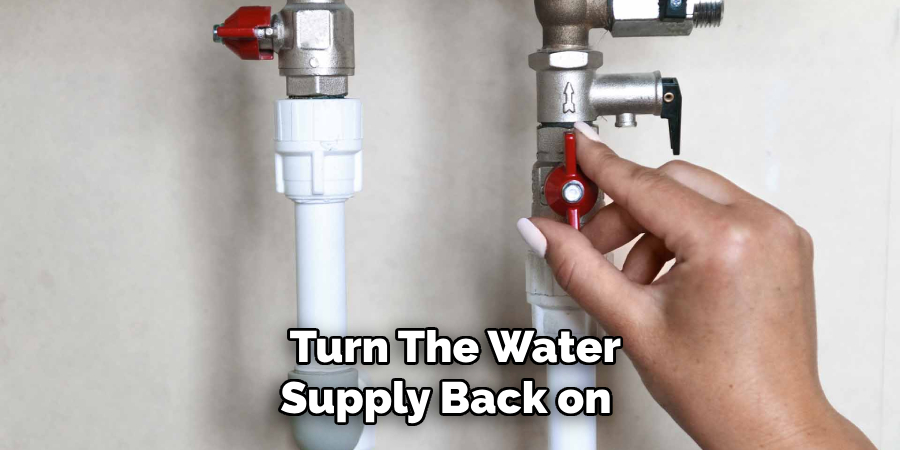
A running toilet can be a frustrating and costly problem. However, with these 12 steps, you can easily determine if your toilet is running and make the necessary repairs. Remember to regularly check and maintain your toilet to prevent future issues and save water.
If you encounter any difficulties or are unsure about how to fix the problem, don’t hesitate to call a professional plumber for assistance. By taking these steps, you can keep your toilet running smoothly and efficiently. So next time you hear that hissing or trickling sound, you’ll know exactly what to do!
9 Safety Measures to Take When Checking for a Running Toilet
1) Turn Off the Water Supply
Before attempting to check or fix a running toilet, always turn off the water supply. This will prevent any potential accidents or injuries from occurring. And don’t forget to flush the toilet afterward to remove any remaining water in the tank.
2) Wear Protective Gear
When handling any cleaning or repairs related to your toilet, it’s best to wear protective gear such as gloves and goggles. This will protect you from any harmful bacteria or chemicals that may be present.
3) Use Non-Toxic Solutions
If you choose to use food coloring or dye tablets to detect a leak, make sure they are non-toxic and safe for your toilet. This will prevent any damage or discoloration from occurring. Then, be sure to flush the toilet a few times to remove any remaining coloring.
4) Read Instructions Carefully
If you’re using any tools or equipment, make sure to read the instructions carefully and follow all safety precautions. This will help ensure that you use them correctly and safely. However, if you’re unsure about how to use them, it’s best to consult a professional.
5) Keep Children and Pets Away
When working on your toilet, make sure to keep children and pets away from the area. This will prevent any accidents or injuries from occurring and also protect them from any chemicals or bacteria.

6) Don’t Over-Tighten Parts
When making repairs, be careful not to over-tighten any parts, as it can cause damage or lead to future issues. Follow the recommended tightening instructions and use the appropriate tools for the job.
7) Avoid Harsh Chemicals
Harsh chemicals may seem like a quick fix for a running toilet, but they can actually damage your pipes and harm the environment. It’s best to use natural and non-toxic solutions when possible. Then, dispose of any chemicals properly according to the manufacturer’s instructions.
8) Seek Professional Help if Necessary
If you encounter any difficulties or are unsure about how to fix the problem, don’t hesitate to call a professional plumber for assistance. They have the knowledge and experience to safely and effectively handle any issues with your toilet.
9) Regularly Maintain Your Toilet
To prevent future running toilet issues, it’s important to regularly maintain your toilet. This includes cleaning the tank and inspecting the components every few months.
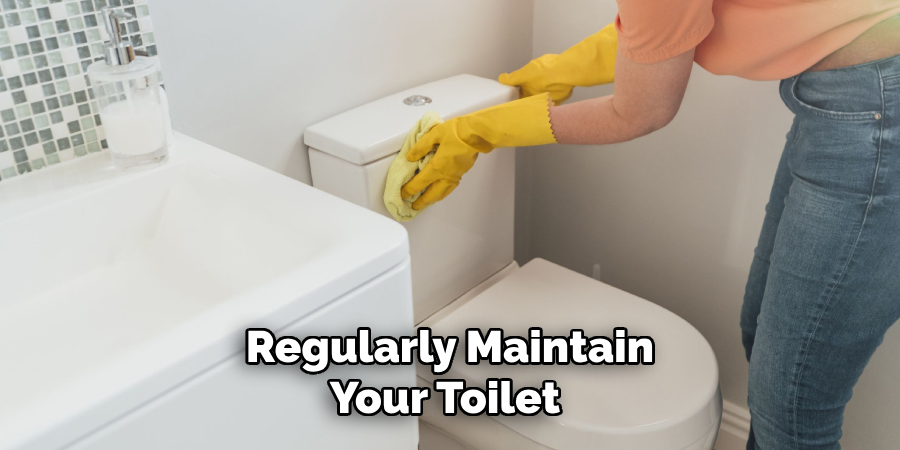
If you notice any potential problems, address them promptly to avoid more costly repairs in the future. So don’t forget to add “check toilet” to your regular home maintenance checklist! Overall, by following these safety measures on how to tell if toilet is running, you can ensure a smooth and efficient process when checking for and fixing a running toilet.
So don’t delay – tackle that running toilet today! Your wallet and the environment will thank you.
8 Things to Avoid When Trying to Fix a Running Toilet
1) Using Harsh Chemicals
As mentioned before, harsh chemicals can cause damage to your toilet and harm the environment. Avoid using them as a quick fix for a running toilet. Even if they seem to work initially, they can cause more problems in the long run.
2) Flushing Inappropriate Items
Avoid flushing anything other than toilet paper and bodily waste down your toilet. Items such as wipes, feminine hygiene products, and cotton balls can clog your pipes and lead to a running toilet. It’s best to dispose of these items in the trash.
3) Ignoring Small Leaks
Small leaks may not seem like a big deal, but they can add up and lead to a running toilet. It’s important to address them promptly and fix any potential issues before they become larger problems.
4) Using Incorrect Tools
When making repairs, make sure to use the appropriate tools for the job. Using the wrong tools can cause damage to your toilet and make the problem worse. If you’re unsure about which tools to use, consult a professional.
5) Neglecting Regular Maintenance
Regularly maintaining your toilet is key to preventing future running issues. Don’t neglect cleaning the tank and inspecting the components every few months. This will save you time, money, and hassle in the long run.
6) Disassembling Without Proper Knowledge
If you’re attempting to fix a running toilet yourself, make sure you have the proper knowledge and understanding of how all the components work. Disassembling parts without knowing what you’re doing can cause more harm than good.
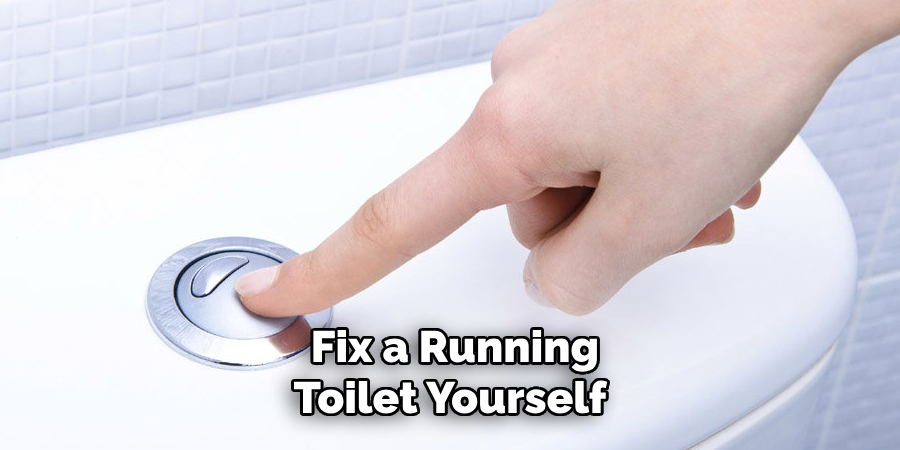
7) Forgetting to Turn Off Water Supply
Always remember to turn off the water supply before attempting to fix a running toilet. Forgetting this step can lead to potential accidents and injuries. So be sure to shut off the water first.
8) Not Seeking Professional Help if Needed
If you’re not confident in your ability to fix a running toilet or encounter any difficulties, don’t hesitate to seek professional help. It’s better to have the problem fixed correctly by a plumber than potentially causing more damage yourself.
By avoiding these common mistakes, you can successfully fix a running toilet and keep your bathroom in top working condition.
Overall, by following these tips and avoiding common mistakes, tackling a running toilet can be a stress-free experience. Just remember to always prioritize safety, use caution and proper tools, and address any potential issues promptly.
With these measures in place, you can keep your toilet running smoothly for years to come. So go ahead and confidently tackle that running toilet – you’ve got this!
8 Additional Tips for Maintaining Your Toilet
1) Clean Regularly
Regular cleaning is important in maintaining a functioning and hygienic toilet. This includes wiping down the seat and handle, scrubbing the bowl and tank, and disinfecting all areas. And don’t forget to clean the exterior of the toilet as well!
2) Check for Leaks
Aside from a running toilet, there may be other leaks in your bathroom that can lead to water damage and higher utility bills. Be sure to regularly check for any leaks in faucets, pipes, and around the base of your toilet.
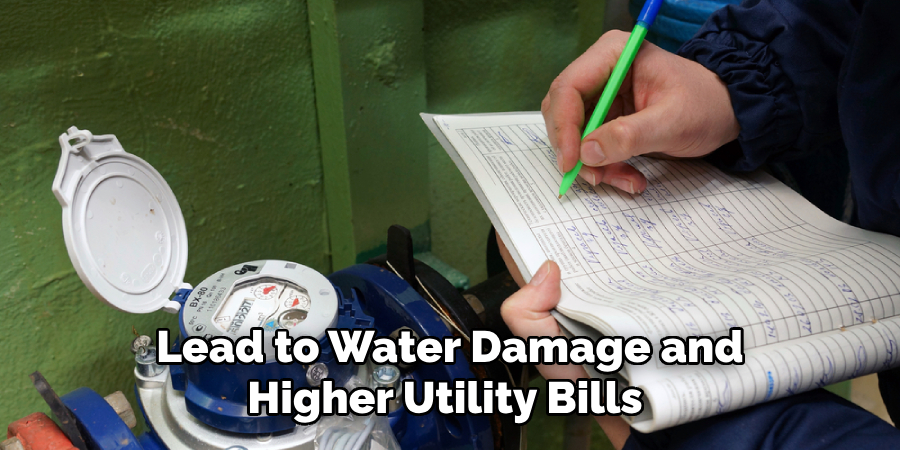
3) Use Toilet Paper Wisely
To prevent clogs and backups, use toilet paper wisely. Avoid using excessive amounts and flushing large wads at once. If you have a low-flow or older toilet, consider using thinner toilet paper to prevent potential issues.
4) Inspect Components Regularly
In addition to regular cleaning, it’s important to inspect the components of your toilet every few months. Look for any wear and tear on the flapper, chain, fill valve and other parts. If you notice any damage, replace these parts promptly.
5) Know Your Water Shut-Off Valve
In case of emergencies or repairs, it’s important to know where your water shut-off valve is located. This will allow you to quickly and easily shut off the water supply to your toilet if needed. Some valves are located behind the toilet, while others may be in a different area of your house.
6) Use Eco-Friendly Products
Consider using eco-friendly cleaning products for your toilet to reduce the use of harsh chemicals. There are also toilet flappers and fill valves available that are designed to conserve water and save on utility bills.
7) Fix Any Loose Parts
If you notice any loose parts or screws on your toilet, tighten them to prevent potential issues. Loose parts can lead to leaks and a running toilet if not addressed promptly. Keep an eye out for any signs of wear and tear on these parts as well.
8) Educate Others
Lastly, make sure to educate others in your household about proper toilet maintenance. This can include teaching them not to flush inappropriate items and reminding them to address small leaks promptly. By working together, you can keep your toilet running smoothly for longer.
Proper maintenance and care are key to keeping your toilet in top working condition. By following these tips on how to tell if toilet is running and being mindful of common mistakes, you can avoid potential issues and save money on costly repairs. Remember to prioritize safety, use caution when attempting repairs, and seek professional help if needed.
Frequently Asked Questions about Running Toilets
How Do I Know if My Toilet is Running?
If you hear a continuous sound of water in the tank or notice the water level constantly dropping, then your toilet is most likely running. You may also see the water in the bowl continuously moving, even when it’s not being used.
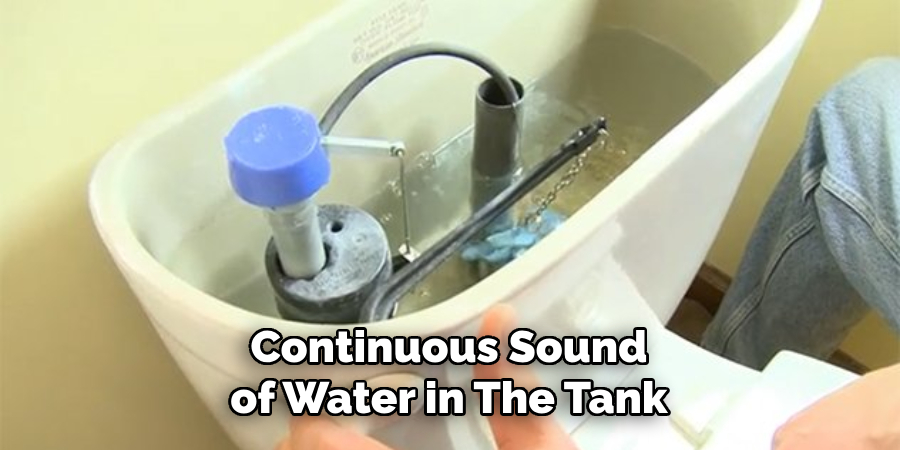
What Causes a Toilet to Run?
A running toilet is often caused by a faulty flapper or fill valve. Other potential causes include a loose or damaged flush handle, an improperly adjusted float, or sediment buildup in the tank. If you’re unsure of the cause, it’s best to consult a professional.
Can I Fix a Running Toilet Myself?
It is possible to fix a running toilet yourself, but only if you have the proper knowledge and tools. If you’re not confident in your abilities or encounter any difficulties, it’s best to seek professional help.
How Can I Prevent a Running Toilet?
Regular cleaning and maintenance, as well as educating others in your household on proper toilet use, can help prevent a running toilet. It’s also important to address any small issues promptly before they turn into bigger problems.
What Should I Do if My Toilet Won’t Stop Running?
If your toilet won’t stop running, it’s best to shut off the water supply and contact a plumber. Attempting to fix the issue yourself without proper knowledge can potentially cause more harm than good. It’s always better to err on the side of caution and seek professional help if needed.
Conclusion
A running toilet may seem like a minor issue, but it can lead to bigger problems if not addressed promptly.
By following these tips on how to tell if toilet is running and being mindful of potential mistakes, you can successfully fix a running toilet and keep your bathroom in top working condition.
Remember to prioritize safety, use caution when attempting repairs, and seek professional help if needed. With these measures in place, you can confidently tackle any toilet issue that may arise.

